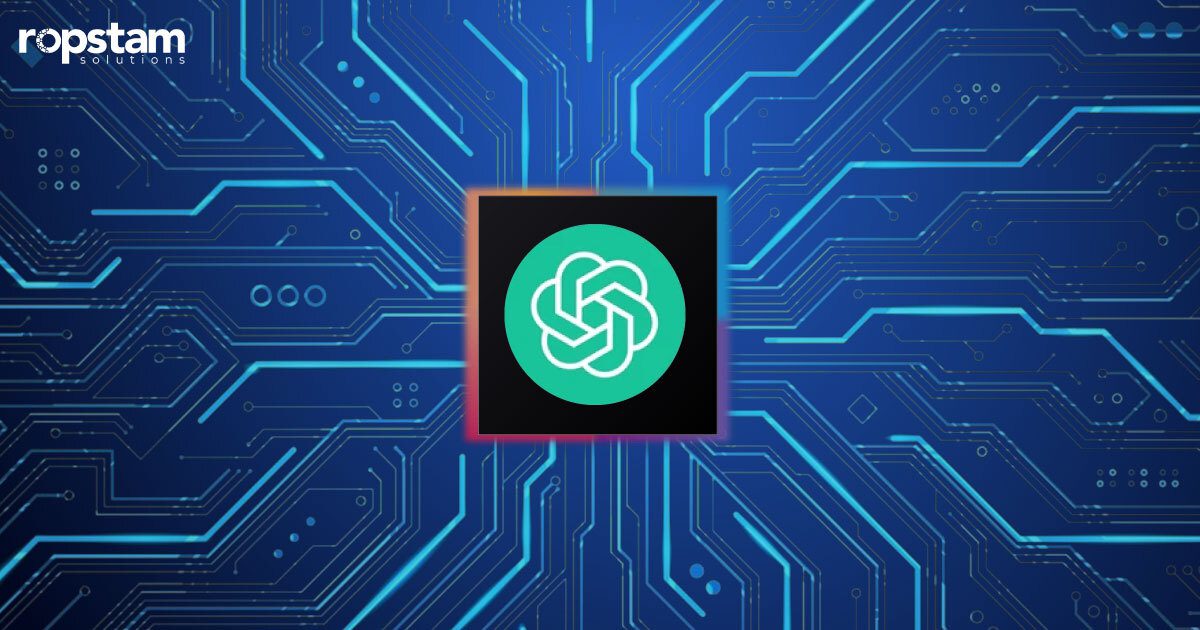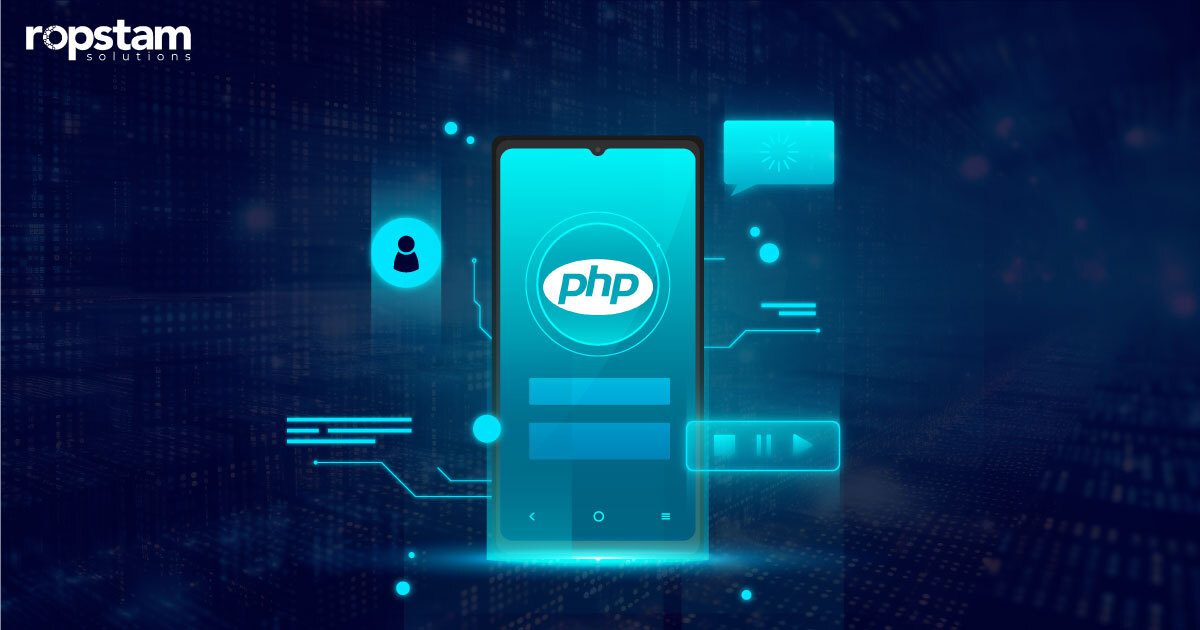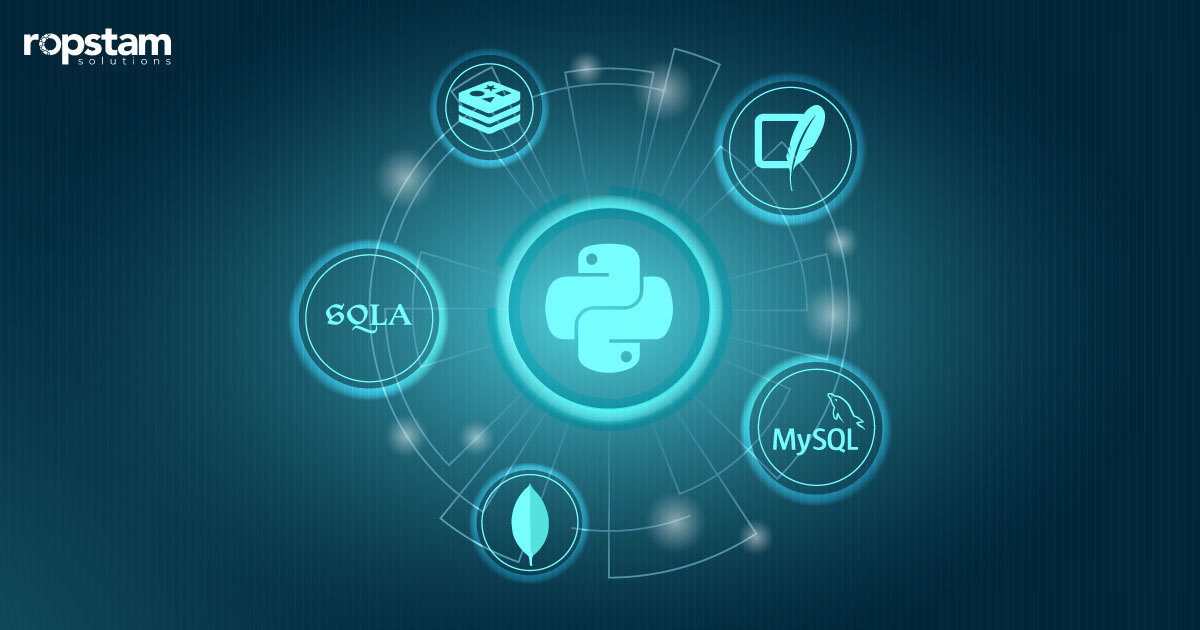OpenAI has recently unveiled an innovative tool known as the Transformer Debugger (TDB), a development that stands to reshape our approach to understanding transformer models in artificial intelligence. Developed by the talented Superalignment team at OpenAI, the TDB is an emblem of progress towards enhanced transparency and responsibility within AI.
At its core, the Transformer Debugger is an extensive toolkit that marries cutting-edge interpretability techniques with the precision of sparse autoencoders. This powerful combination offers an in-depth look into the intricate “circuitry” of transformer models, granting researchers the ability to scrutinize their internal structures and decision-making mechanisms like never before.
A standout aspect of the TDB is its user-friendly design that enables swift exploration without the complexities of coding. The tool allows direct intervention during the model’s forward pass, providing insights into the impact of such interventions on specific outcomes. Questions can be posed with a high level of detail, addressing a major hurdle that has long plagued AI research – until now.
The Transformer Debugger shines by pinpointing the elements – neurons, attention heads, and autoencoder latents – that are influential in specific behaviors. It then crafts explanations for their activation, weaving a clear narrative that traces the interplay between these components, unearthing the “circuits” that underlie them. This degree of transparency is groundbreaking and holds the promise of propelling us toward more dependable and ethical AI systems.
The TDB isn’t just a standalone tool; it’s supported by a rich ecosystem of components. This includes a React-based application titled the Neuron Viewer, which serves as the graphical interface for the Transformer Debugging Backend (TDB). Moreover, the Activation Server, which is responsible for model inference and data retrieval from public Azure buckets, completes the system’s backend.
Furthermore, the suite provides a straightforward inference library for GPT-2 models, equipped with activation-capturing hooks, as well as a collection of activation datasets. These datasets showcase the top activations for various model components, offering practical examples for analysis.
As AI continues its rapid evolution, the demand for transparency and accountability is more critical than ever. OpenAI’s release of the Transformer Debugger is a pivotal move towards meeting this imperative, encouraging collaborative innovation and guiding us towards a future where AI is developed and utilized responsibly.
References:
https://www.infoq.com/news/2024/03/openai-releases-transformer-db/














